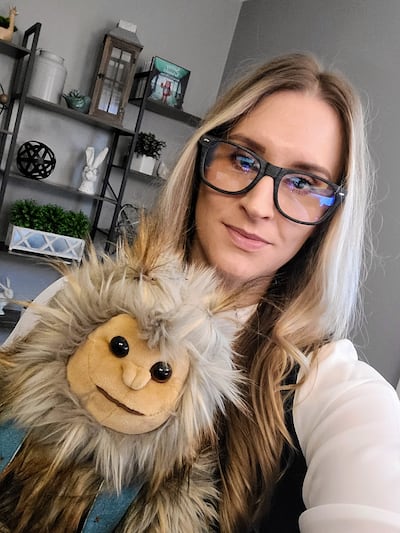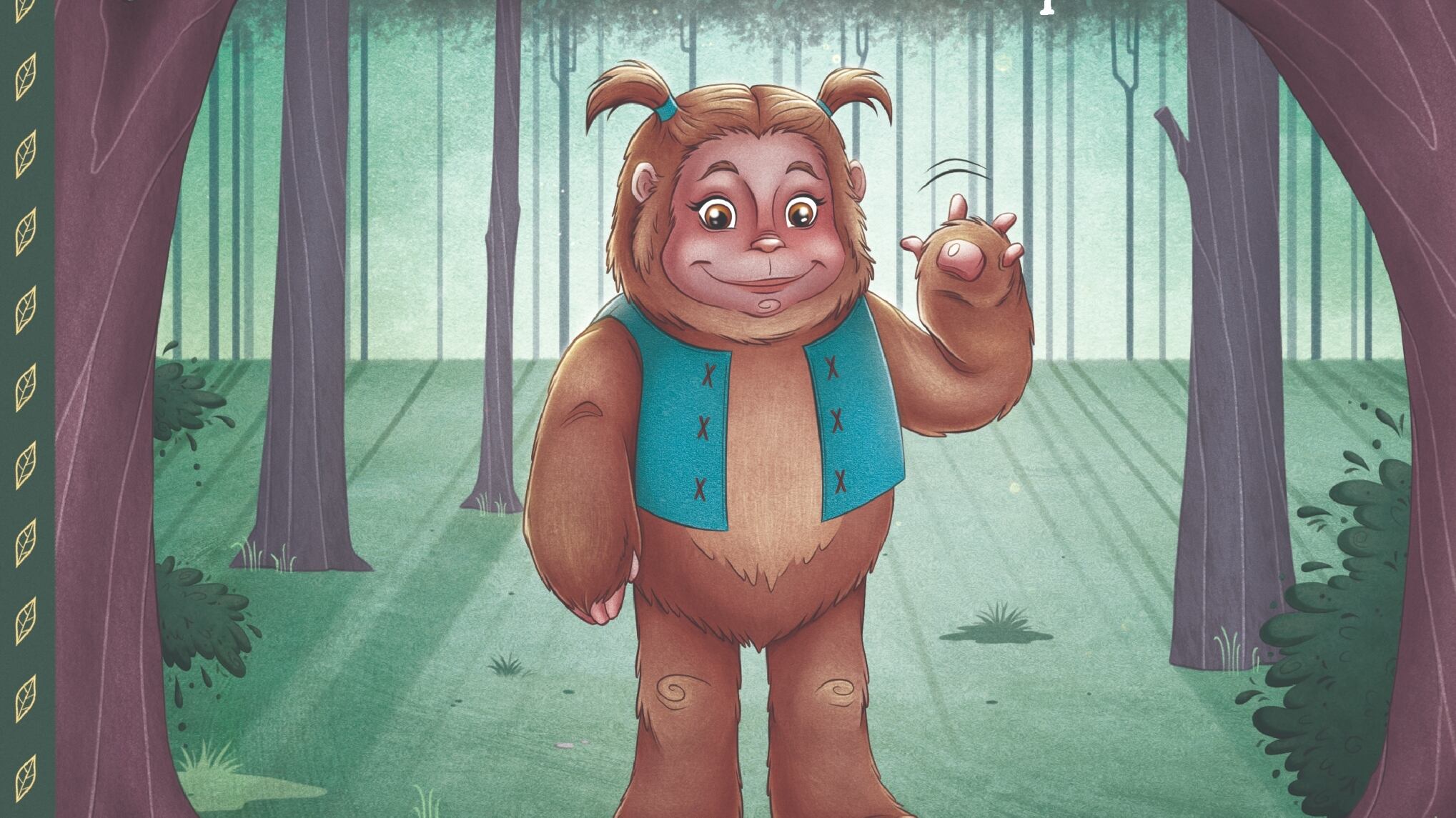While working in emergency management, Claire Marie went into many schools to teach young children about safety drills.
But Marie knew something had to change around one specific part of her curriculum: lockdowns. After two years of conducting trainings, she says she realized adults didn’t have the resources they needed to guide children through the topic, and she was growing increasingly uncomfortable.
“A lot of times adults think you have to scare kids to get them to take it seriously,” she says. “That’s not necessarily the case, and we don’t really gain anything by frightening them.”
That’s when the lifelong Oregonian had an idea and sat down to pen Sammy the Sasquatch: Welcome to Crittertopia. The book’s goal is to make learning about lockdowns a less scary process for kids, and to develop a more approachable guide for adults. As the fall term begins, it’s now used at many schools across Oregon, including all 63 elementary schools at Portland Public Schools.
It’s perhaps a signal of something broken in American life that someone needed to write a children’s book about school lockdowns. But Sammy the Sasquatch handles the task in a delicate and nimble way.
In the book, lockdowns are just another safety protocol, like looking both ways before crossing the street or wearing a helmet while biking. Sammy introduces kids to her world: Crittertopia, which has a magic spell cast over it so humans can’t find it. Sammy is just like her young counterparts: she plays with her friends, walks around Main Street and goes to school.
If a human happens to mistakenly stumble into the Crittertopia school, Sammy’s teacher implements a plan: locks, lights, out of sights—a scientifically backed lockdown procedure. The book then flips the scene as Sammy the Sasquatch wanders into a human school, and kids get a chance to see that same protocol play out in a setting they’re familiar with.
Marie says lockdowns and school shootings have grown increasingly intertwined in the popular imagination over recent years. But she says it’s not good to blend the two together; lockdowns can happen for a variety of reasons, many of them ultimately harmless. Conflating the two can make children hypervigilant and give them unnecessary nightmares, she says.
“The biggest thing we can do for [kids] is to help them understand that just because we are doing a particular safety action does not actually mean we are unsafe,” she says. “We have to take it seriously. But that doesn’t mean that something, quote, unquote bad is happening.”

That’s why the book mentions a wide array of safety practices, like looking both ways before crossing the street or wearing a helmet before biking. Wrapping up conversations about lockdown into broader conversations about safety can help kids see lockdowns as just another part of keeping themselves safe.
Marie plans to release other books in the Crittertopia world focused on other safety drills and an accompanying activity book to Sammy the Sasquatch soon. Marie still leads trainings in schools and now uses her book.
At the training, kids have the opportunity to show off their safety knowledge when they engage in a mock drill of their own. Marie says it’s cute to witness them wanting to show off how good they are, and, for many of them, removes the scariness around lockdowns.
In one kindergarten classroom, kids had a surprise lockdown before Marie could show up for training. Marie says she heard from one parent that her young daughter knew exactly what to do because of Sammy and was excited to tell her mom all about staying safe at school when class was dismissed.
“She said, ‘Mom, I’m so quiet and I did so good,’” Marie says. “She was stoked. This experience that, to her, could have been awful, could have been overwhelming and scary…instead, she was like, ‘Oh yeah, I got this.’”

